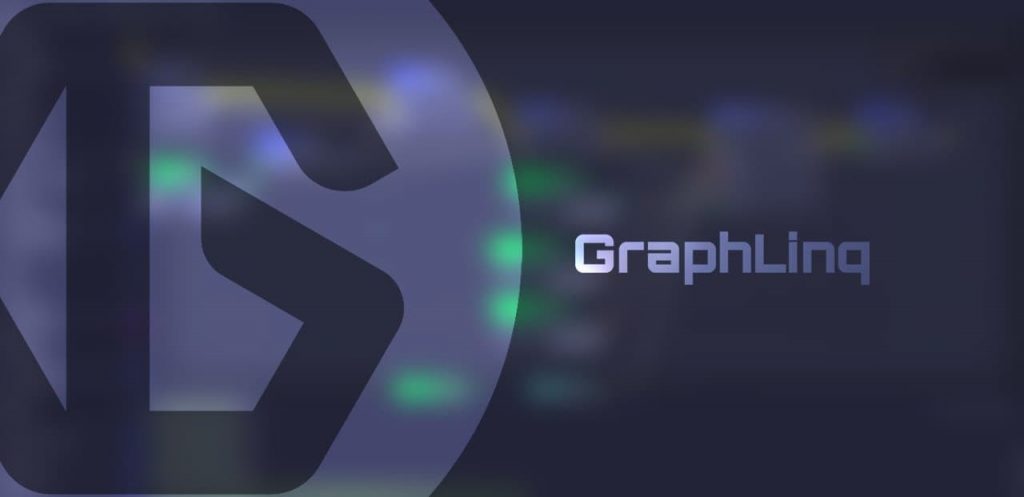
Paris, France, March 17, 2021, ZEXPRWIRE, Established at the beginning of 2021, GraphLinq brings users in the crypto sphere a new model of integrating blockchain automation on any blockchain-related task. Simply put, GraphLinq Protocol contains unique tools such as an engine and an integrated development environment(IDE) to provide automated services while leveraging centralized data streams and several blockchains.
The protocol accomplishes its goal using graphs, a group of nodes that automate off-chain and on-chain tasks. To deploy a graph, users have to import any template or glq file using the IDE tool and execute it on the network through the engine tool.
GraphLinq also allows users to receive ticks and up-to-date data on centralized exchanges and DeFi applications. As a safety measure, every information derived from apps and blockchain connections is safely located in the Engine database storage. An added advantage is that users don’t need any coding knowledge to initiate any blockchain-oriented task!
A Token Sale on The Way
GraphLinq plans on conducting a public sale on Uniswap via Unicrypt scheduled to start on March 21, 2021, at 18:00UTC as an Initial Liquidity Offering (ILO). The protocol plans on hosting the GLQ token sale for 48 hours or less if they attain a targeted hard cap of 350ETH. GLQ is the network’s native ERC-20 token residing on the Ethereum blockchain.
Participating in the GLQ ILO will require investors to hold a minimum of either 4 UNCX or 50 UNCL. To GraphLinq, Unicrypt possesses a lot of potential, particularly when hosting ILOs, hence, anticipating a collaborative effort with the platform in the future. A maximum of 3 ETH is allowed to acquire the native token
GraphLinq also takes the token burning approach, which usually involves removing a certain number of tokens from circulation. The network will achieve this burning procedure by eliminating GLQ tokens used during graph executions. In turn, it ultimately makes the token a scarce asset in the market by reducing its supply over time.
Depending on the block type, gas prices will undergo a continuous update that goes in line with the number of tokens burnt and the market adoption rate.
GLQ Token Benefits
The GLQ token comes with a variety of functions and uses cases in the GraphLinq network. For starters, the token can be used when making a transaction within the protocol.
GLQ is also applicable when paying for execution fees after running graphs over the Engine tool. GLQ holders also receive exclusive governance rights whereby each holder gets to decide on future developments of the GraphLinq network. Furthermore, GLQ owners also hold the power to pitch in on new block additions and fee prices required for the ecosystem’s execution.
GraphLinq: What Lies Ahead
The protocol’s roadmap hopes to achieve so much more in the coming days. Starting Q3 2020, GraphLinq will build their mobile application, which will host and deploy graphs on a practical interface.
It also plans on becoming a fully decentralized protocol by merging the Engine with a PoS-based blockchain. While at it, GraphLinq will also create an incentivized ecosystem where users are rewarded in GLQ for sharing their custom-made graphs.
Media Contacts –
Contact Name: Rishabh Anand CMO
Organization name: GraphLinq
Address: Paris France
Email: [email protected]
Website URL: graphlinq.io
The post GraphLinq Protocol: The Gateway to Automated Blockchain Functionalities appeared first on Zex PR Wire.
Information contained on this page is provided by an independent third-party content provider. Binary News Network and this Site make no warranties or representations in connection therewith. If you are affiliated with this page and would like it removed please contact [email protected]